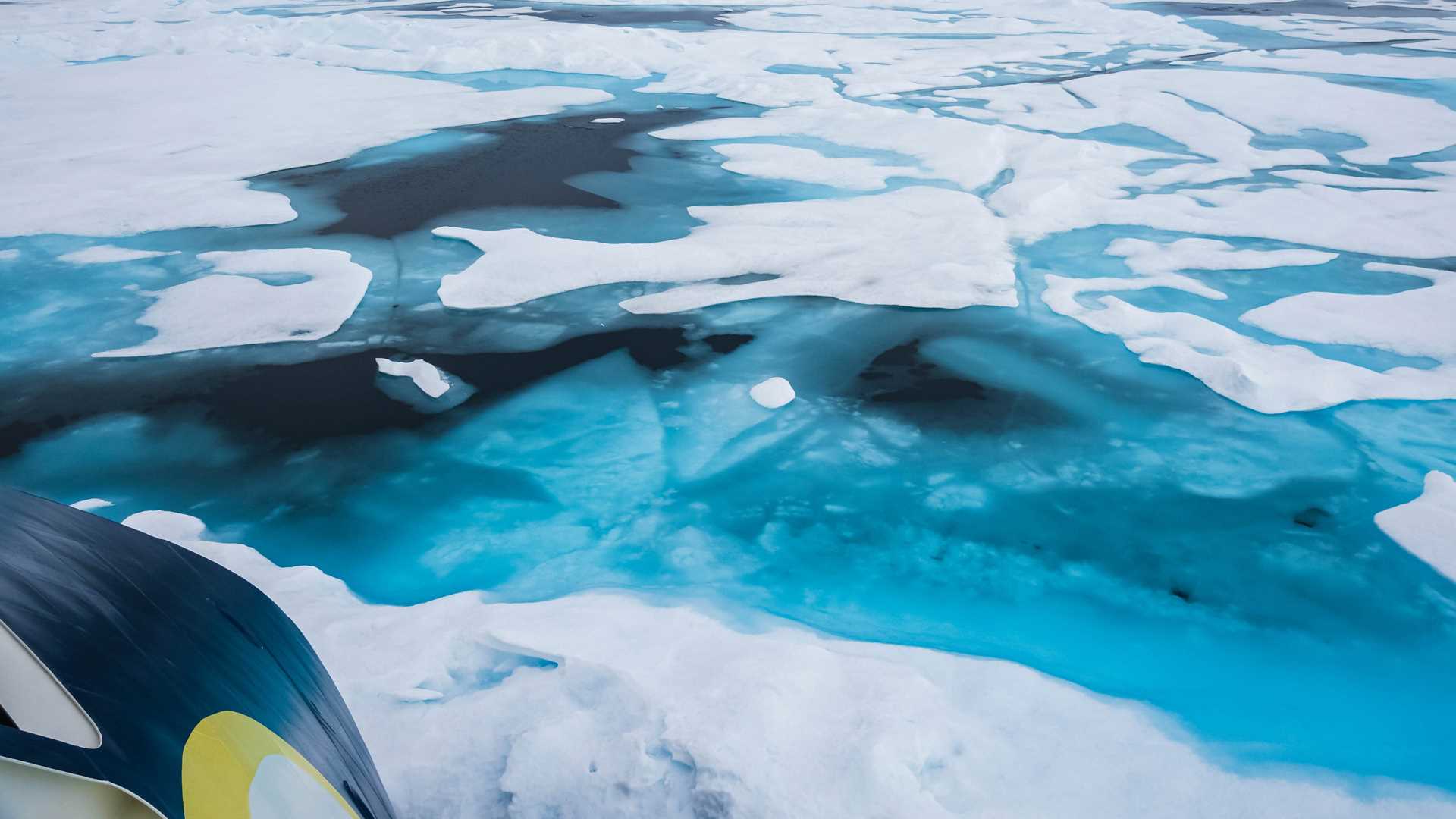Call +1.800.397.3348 or contact your travel advisor
The idea of a sea route connecting the Atlantic and Pacific Oceans captured the minds of bold explorers as early as the 15th century. Many of their attempts aimed to seek a Northwest Passage but English, Dutch, and Russian navigators all set their sights on a northeast route, sailing along Russia’s northern coast and far into Arctic waters. Get Inspired By Photos, Videos, Webinars, Stories, And Exclusive Offers. Sign Up
1560-80s: Olivier Brunel is the first Flemish navigator of the Arctic Ocean
Sailing beyond Lapland in search of a northeast route to China, Brunel explored the northern coast of Russia in 1565. His quest continued unsuccessfully for many years until 1584 when his ship capsized in the Pechora River and Brunel drowned.
1594: Dutch navigator Willem Barentsz reaches the west coast of Novaya Zemlya
Regarded as one of the most important early Arctic explorers, Barentsz was forced to turn back on his first attempt as he neared Novaya Zemlya’s northern extremity. In 1596 on his third and final attempt he sighted Spitsbergen (now Svalbard), but while trying to round Novaya Zemlya again his ship became trapped in ice. Forced to overwinter there Barentsz survived 10 months, then died a week after they were able to leave in open boats.
1648: Semyon Ivanov Dezhnyov is the first European to sail through the Bering Strait
Dezhnvoy’s claim to fame? He proved the separation of Asia and North America after sailing east from the Kolyma River towards the Bering Strait, rounding the northeast tip of Asia and reaching the Anadyr River. Unfortunately for him his report lay buried in an archive until 1736 when a German historian unearthed it—his discovery went unknown until nearly a century later after Bering and others had already explored the area.
1728: Danish navigator Vitus Bering sails through the Bering Strait
Financed by Russian tsar Peter the Great, Bering set sail from the Kamchatka Peninsula in July and passed through the Bering Strait into the Arctic Ocean in August. Though he wasn’t able to sight the North American coast due to bad weather, he concluded Siberia and America were two separate landmasses.
Hand-drawn in 1601 by Theodor de Bry, this noteworthy map depicts Barentsz’s ill-fated third voyage to find the passage.
1778: British naval captain James Cook is the first to see both sides of the Bering Strait
Cook was actually in search of the Northwest Passage when he sailed north through the strait into the Arctic Ocean.
1878-79: Adolf Erik Nordenskiold is the first to make it through the entire passage
This Finnish-Swedish scientist conducted 10 Arctic expeditions between 1858-1883, an impressive feat for his time. In June of 1878 Nordenskiold sailed from Tromsø to the Kara Sea and rounded Cape Chelyuskin by mid-August. At the end of September his ship froze in ice near the Chukotka Peninsula and his team was forced to overwinter—finally making it through the Bering Strait in summer of 1879.
1934
A Soviet ice breaker makes the first successful one-season through-transit of the passage.
1991
The Soviet Union officially opens the passage to foreign shipping.
2010
A Russian passenger ferry and tanker ship each became the first of its kind to successfully navigate the passage’s entire length.
2020: Lindblad Expeditions navigates the passage for the first time in its history
Fueled by the ice power of the new National Geographic Endurance, we’ll follow in the footsteps of these legendary explorers, navigating the historic route to make landfall at Novaya Zemlya, Franz Josef Land, Wrangel Island, and other remote destinations.
Join us in 2020 aboard National Geographic Endurance for an unforgettable voyage through the Northeast Passage.




